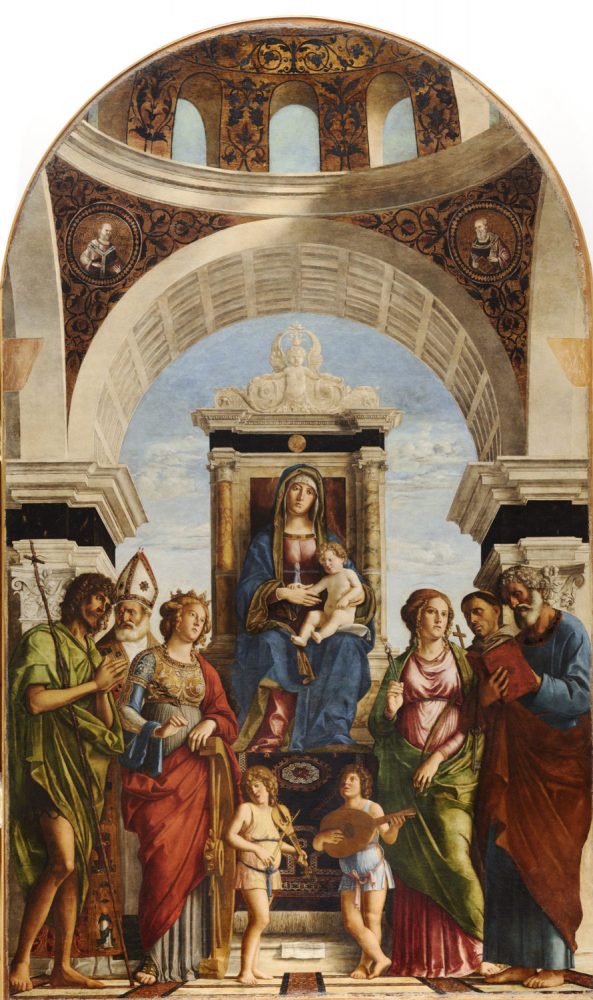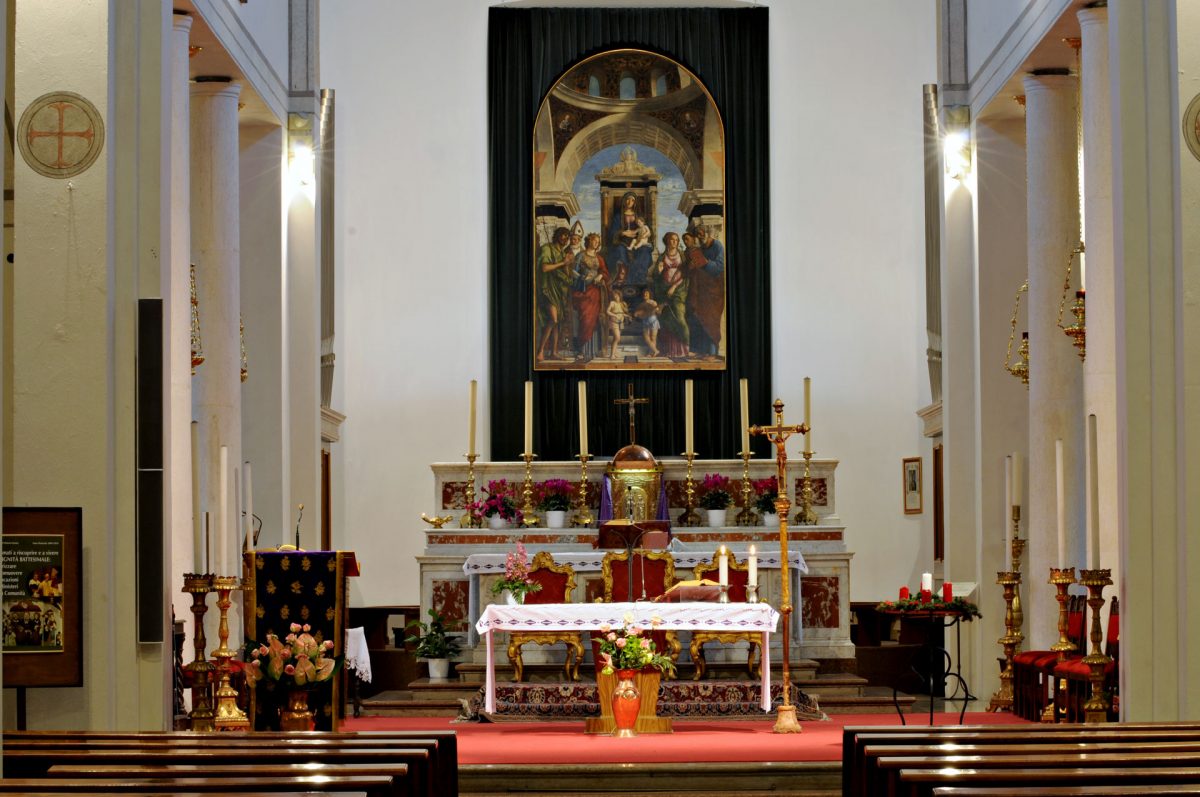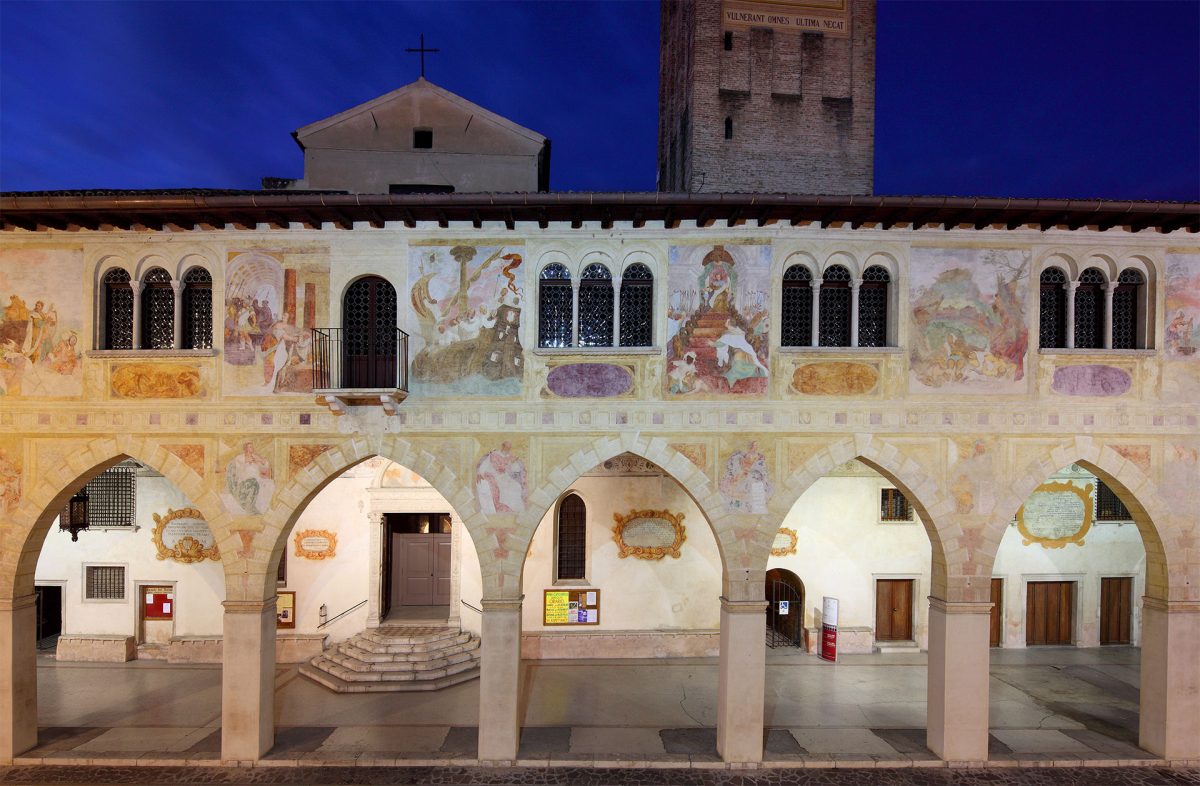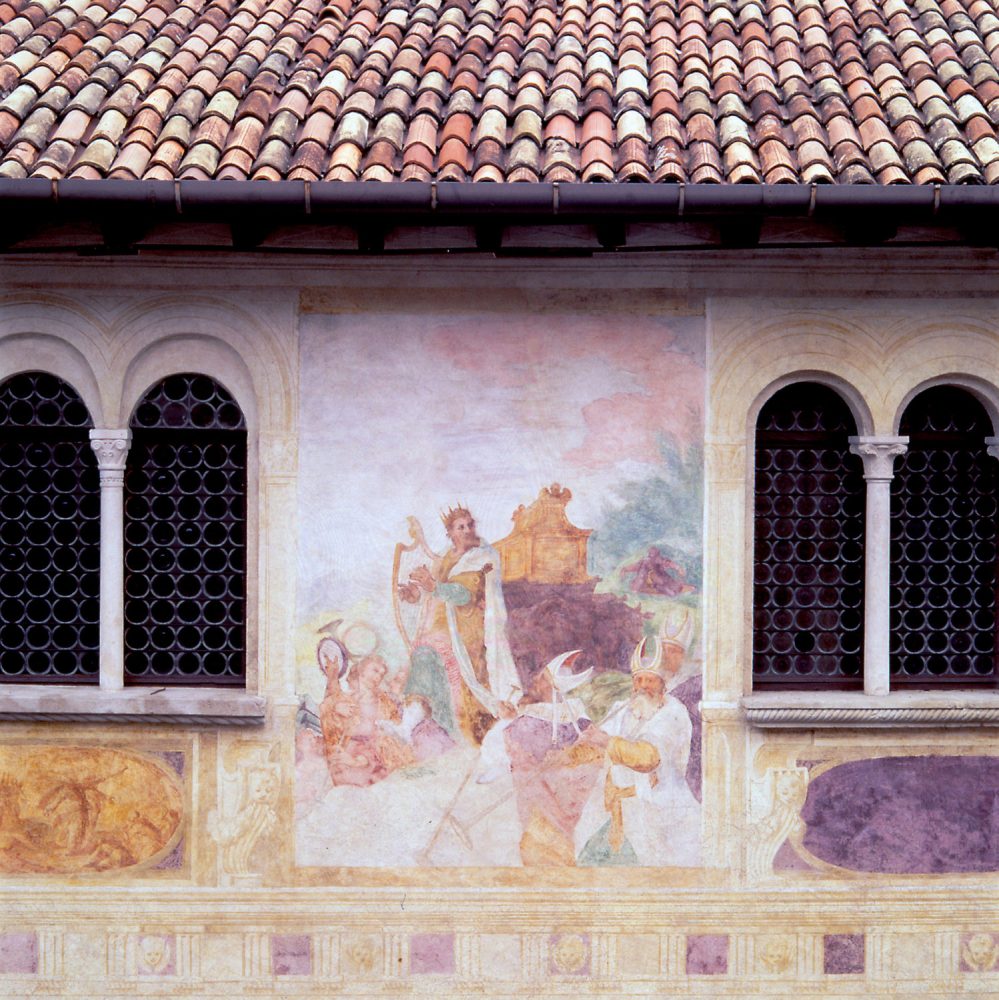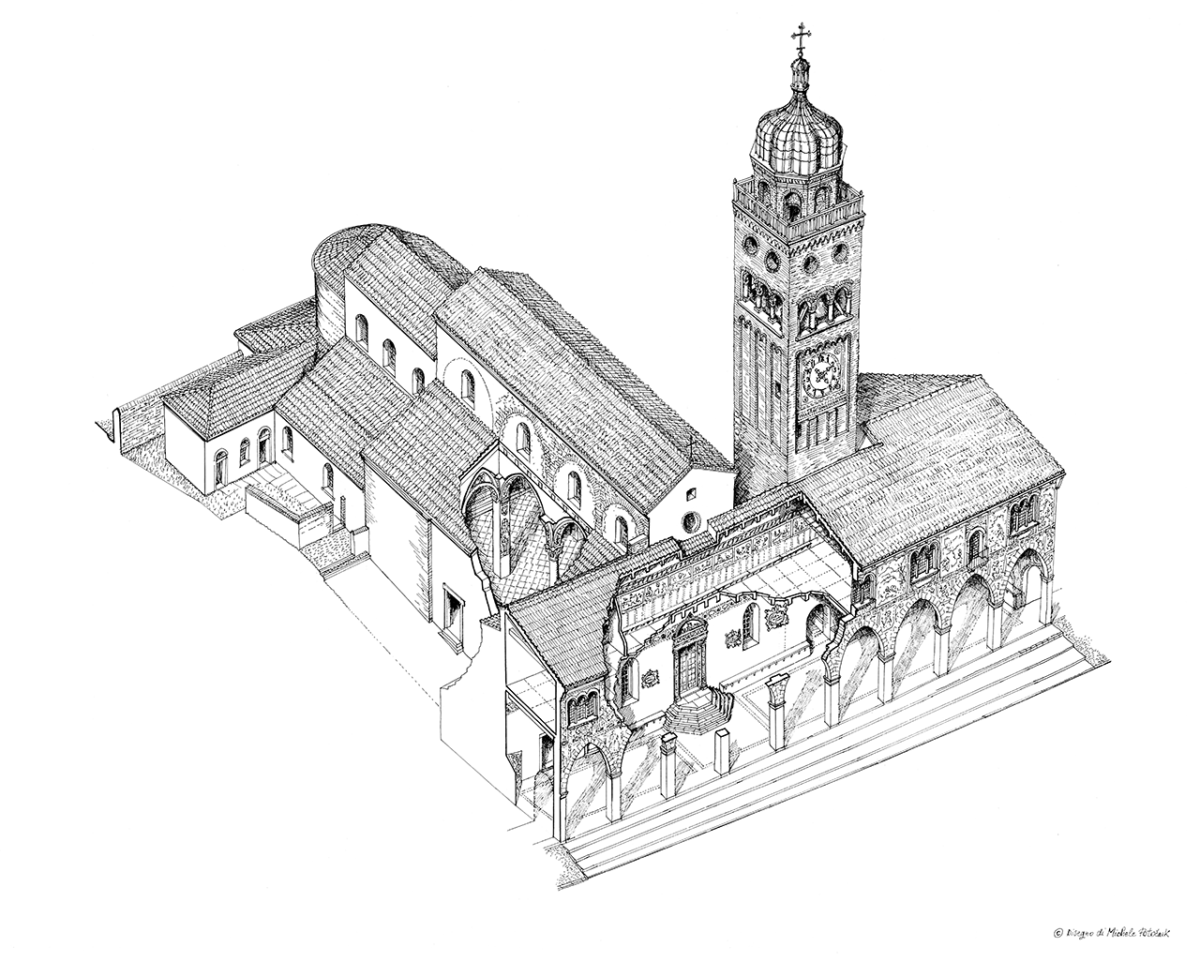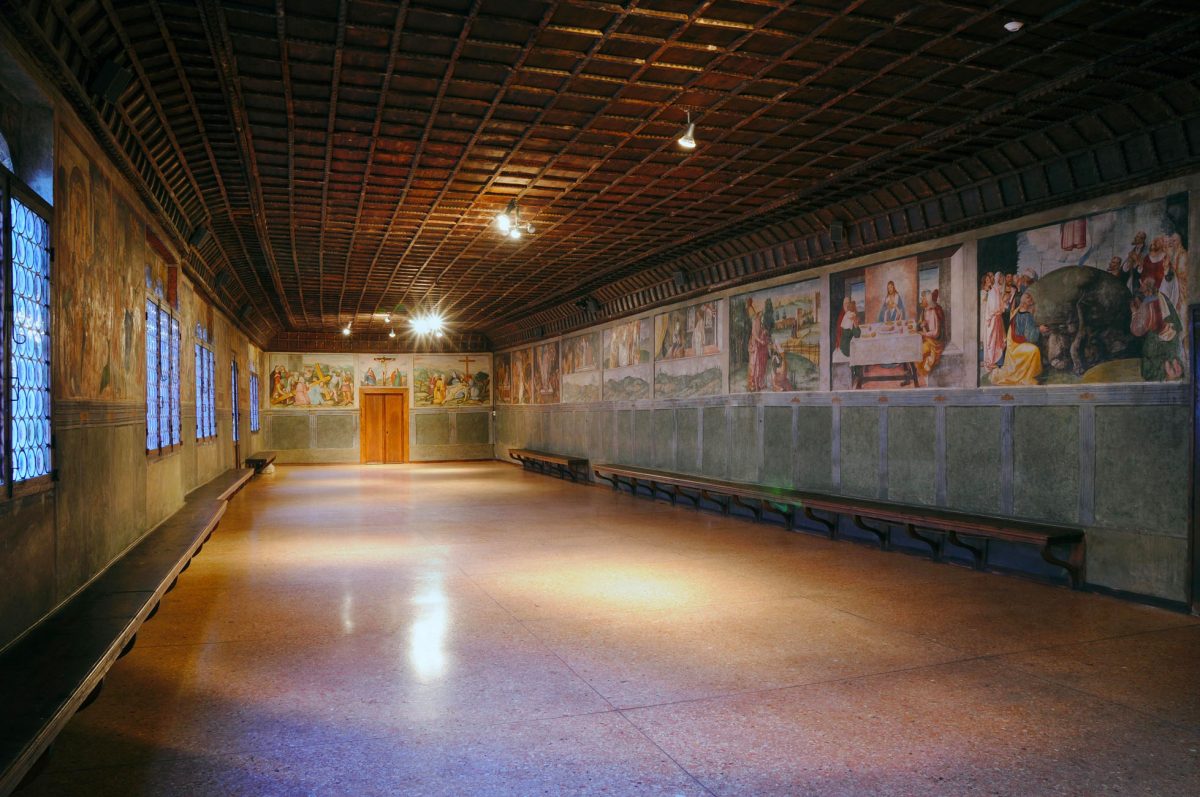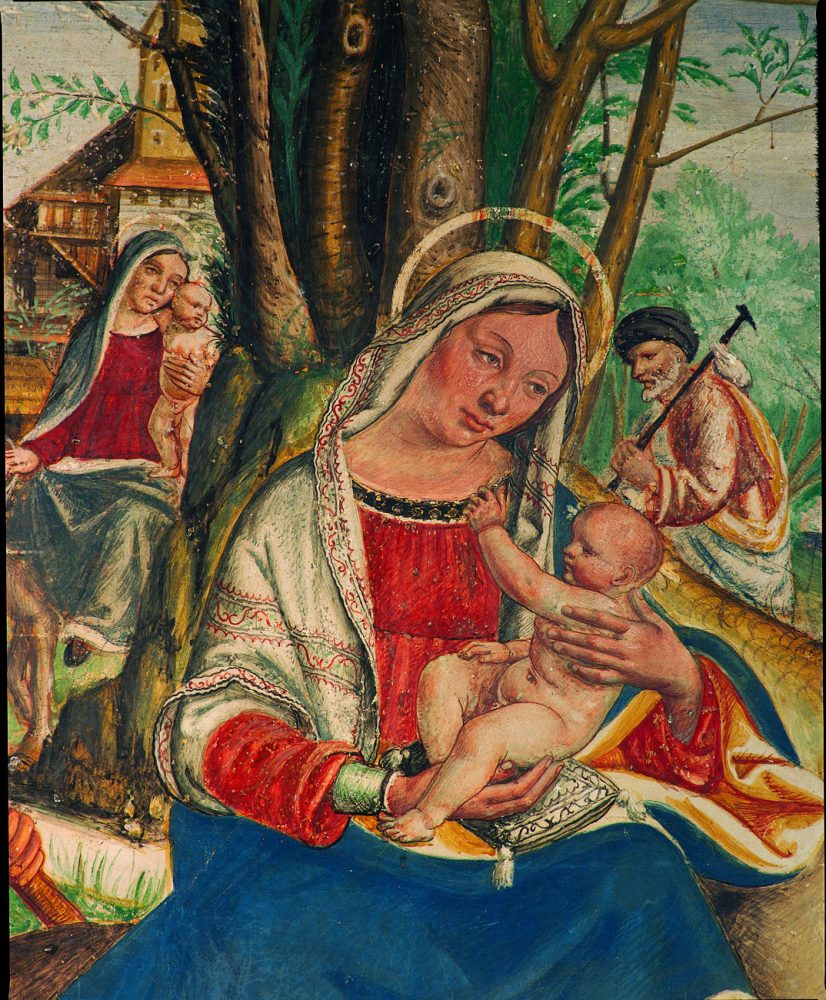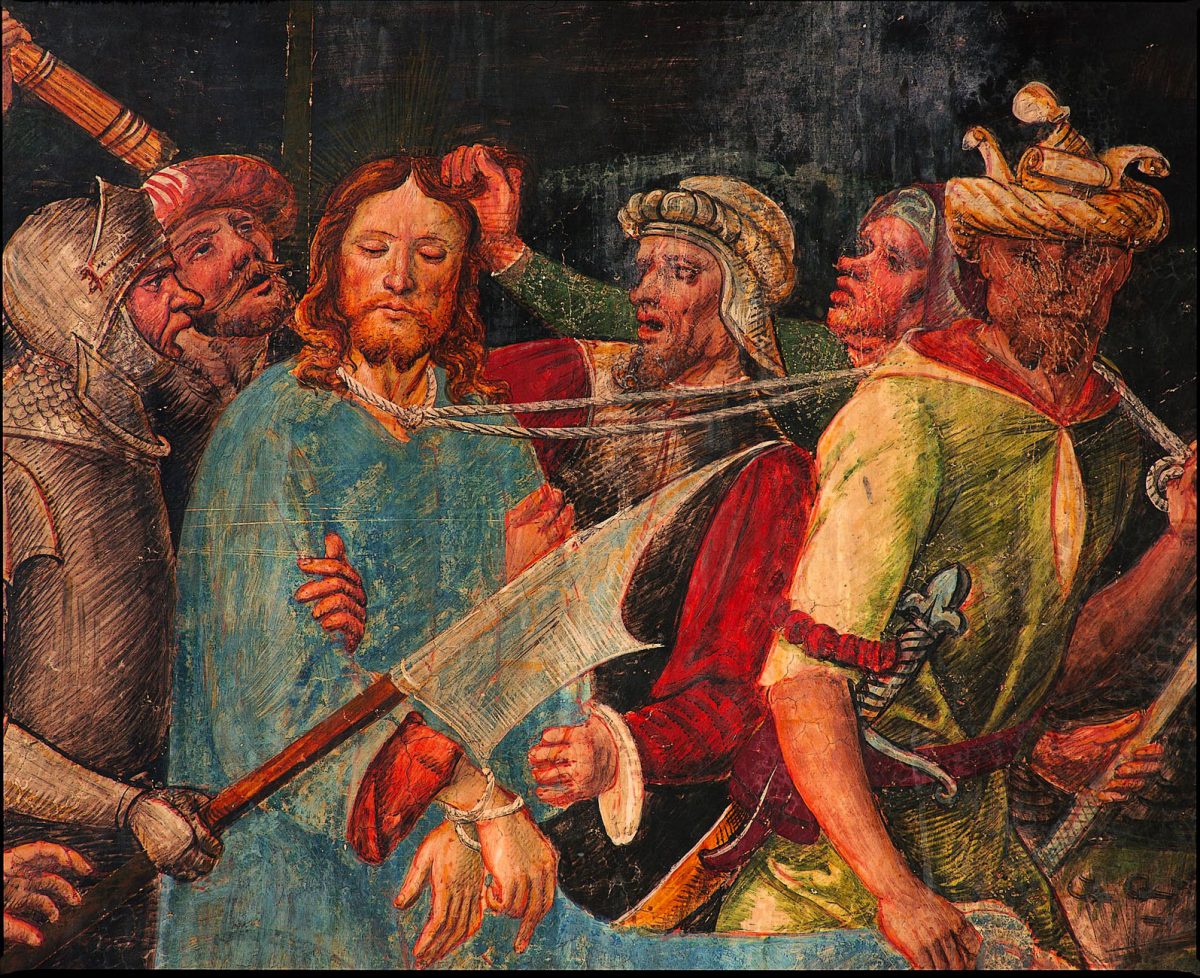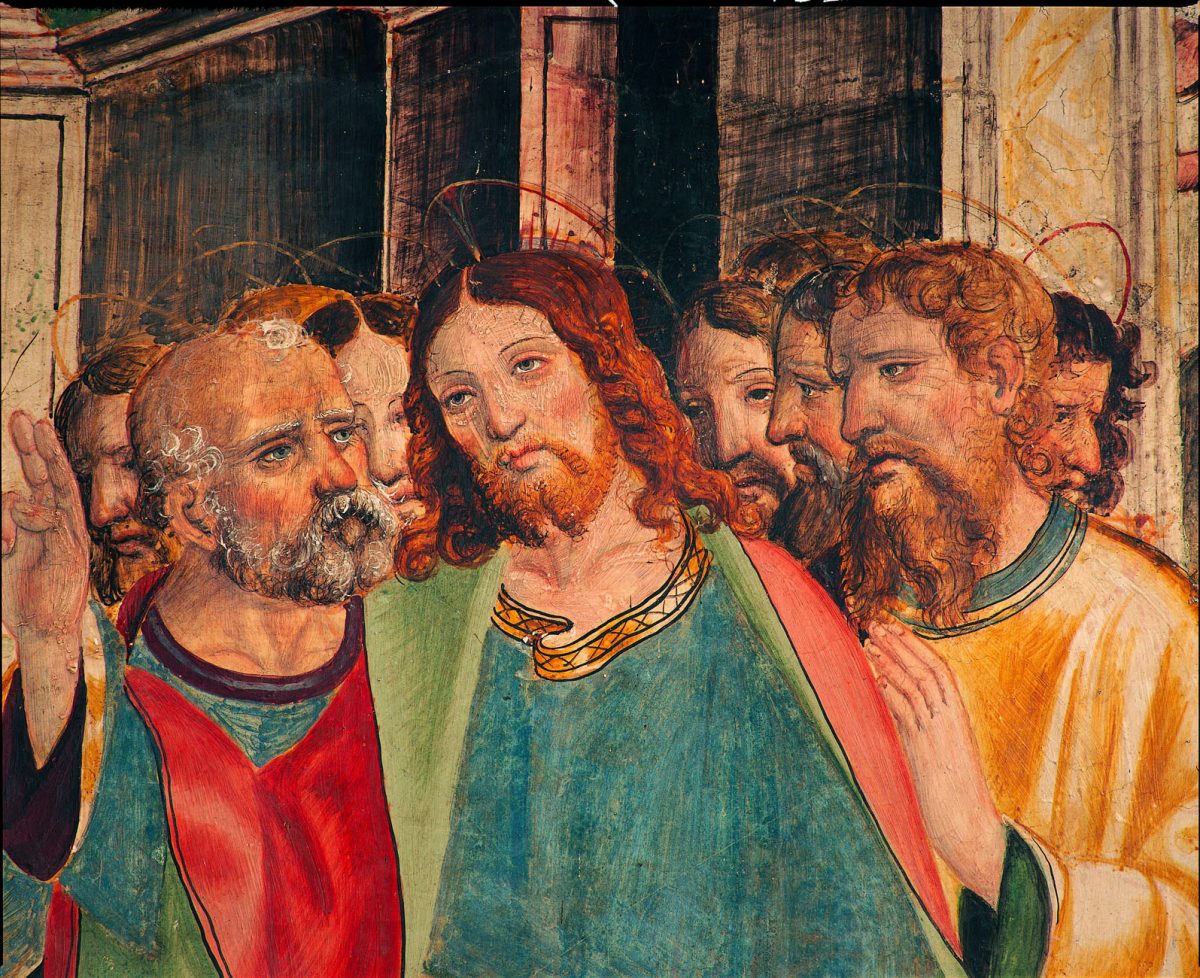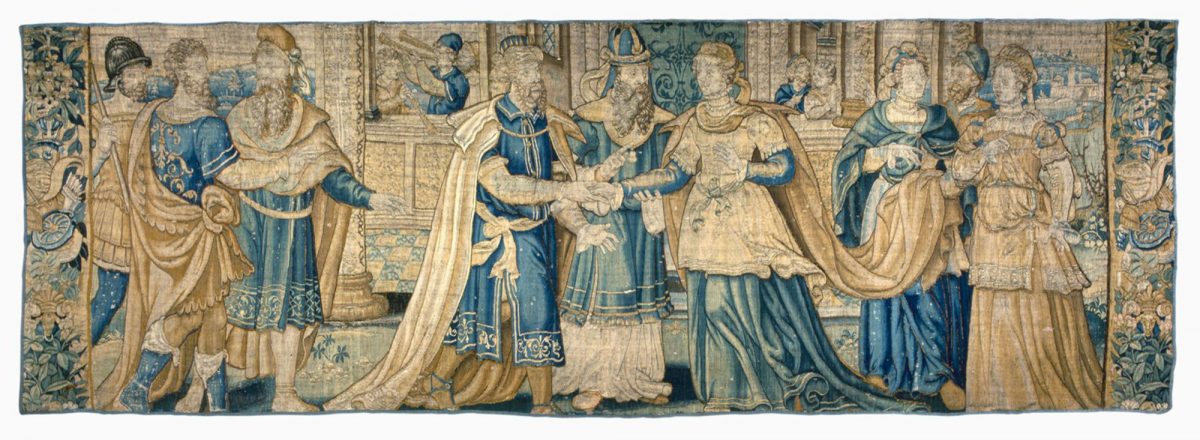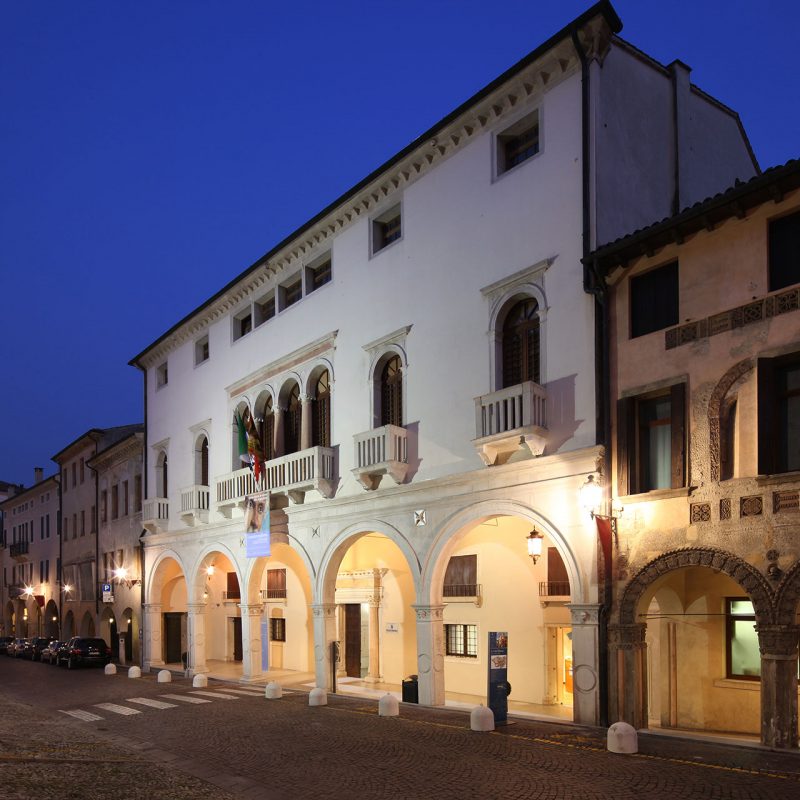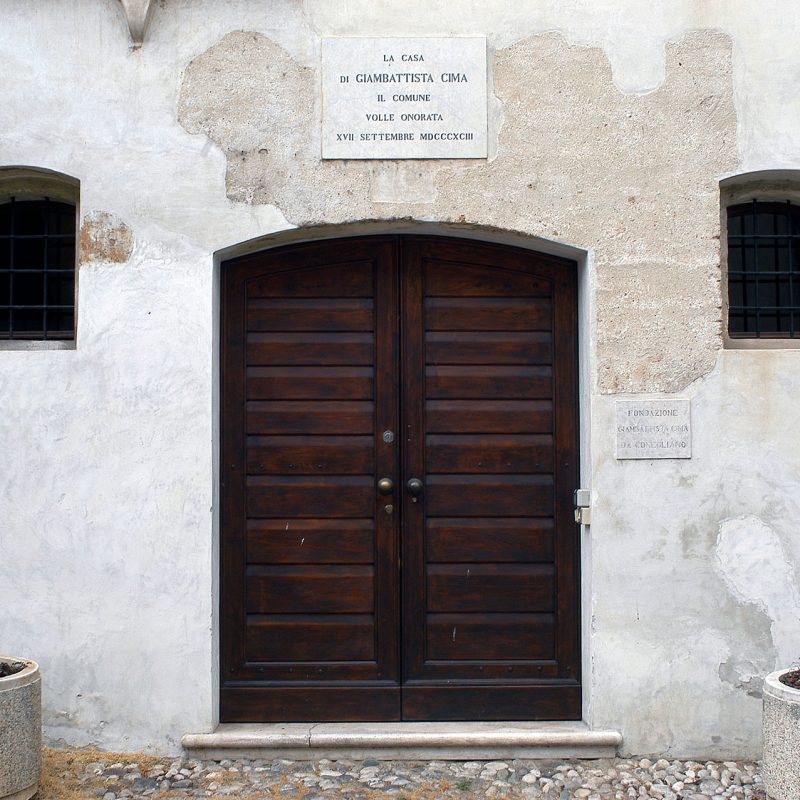The Duomo and the Sala dei Battuti

In the large district ‘Contradal Grande’ there is the city Cathedral, whose construction was commenced by the Battuti family in 1345. It constitutes the religious and artistic heart of the city.
The Cathedral
The construction had originally begun by the Battuti family in 1345. These were the members of a congregation born in Umbria around 1260 and which a few years later became present in Conegliano, distinguishing itself for the care of the inhabitant’s spirituality, as well as the medical assistance provided through hospitals and hospices founded by them. By 1354 they built their church dedicated to S. Maria Nuova dei Battuti, built at the center of a hospice for pilgrims run by them.
In the second half of the 14th century the overlying meeting room was built which, placed perpendicularly to the nave of the church, granted vision of the continuity of the porticoed street front.
At the end of the fifteenth century the building was enlarged with the construction of the presbytery, consisting of two new naves and the bell tower (1497). In those years the interior decoration also took place, of which there still remains considerable traces, and the realization of the altarpiece.
In the XVIII century the temple was modified according to the style of the time: the pointed arches were replaced by round arches and stucco decorations were applied. In this period the original church of the Battuti became the Cathedral of the city, named after S. Maria Annunziata and S. Leonardo.
Currently the church is formatted with two distinct parts: the fourteenth-century naves and the modern presbytery. The naves have candelabra elements, partly integrated in the modern era, in the intrados of the arches and in correspondence with the ceiling sails.
The church houses remarkable works of art: the altarpiece by Giambattista Cima da Conegliano from 1493, depicts the Madonna with Child and angels, among the saints Giovanni Battista, Nicola, Caterina d’Alessandria, Apollonia, Francesco and Pietro, placed in the presbytery, the painting by Francesco Beccaruzzi – an artist from Conegliano who lived in the XVI century – depicting St. Francis receiving the stigmata, in the upper part, and the saints Luigi, Bonaventura, Caterina d’Alessandria, Girolamo, Antonio and Paolo, in the lower part.
Also noteworthy is the large canvas by Jacopo Palma il Giovane (1544 – 1628) depicting St. Catherine baptized by the hermit, placed on the counter-facade above the front door.
The facade of the church is actually hidden from that of the Sala dei Battuti, which is characterized by the succession of nine pointed arches. This was frescoed at the end of the sixteenth century by Ludovico Toeput, known as il Pozzoserrato, with scenes taken from the sacred writings and created using a monumentality of the figures, which continued to be influenced by the mannerist style.
Sala dei Battuti and Sala del Capitolo
The interior of the Sala dei Battuti, with its rectangular layout, has a beautiful wooden ceiling and a cycle of frescoes made for the most part by Francesco da Milano in two distinct moments. The external wall was in fact painted towards the second decade of the sixteenth century, while the internal one around 1530, with a style completely different from that of the previous scenes because they were modeled on the cyclic prints from the Little and the Great Passion that the Dürer gave to the press around 1510. Later the Hall was enlarged and it was necessary to proceed to the decoration of the new walls with portions created by Pozzoserrato and by other local artists.
The pictorial cycle describes episodes ranging from the creation of the World to the Universal Judgment.
After the Napoleonic suppressions, the Hall was initially transformed into a prison (1807), then a shelter for the soldiers (1847) and then was left in a state of disrepair until the late 1960s, when it was then restored.
Adjacent is the Chapter Room, embellished by five valuable Flemish tapestries dating from around 1560 and depicting stories of David and Bathsheba, was recently restored.
Image gallery
Useful information
Contacts
Timetables
Duomo: Every day from 8:00 am to 12:00 pm, 3:00 pm to 7:00 pm (in respect of religious functions).
Sala dei Battuti e del Capitolo: Saturday and Sunday 10:00-12:00, 15:00-17:00 (winter period) or 16:00-18:00 (summer period)
For reservations for groups of at least 20-25 people on other days and times, it is possible to write to salabattuti.conegliano@gmail.com with at least 1 week's notice. It is required to specify: name and telephone number of a contact person, no. participants, day and time when opening is requested. Free admission.
Organized by the Conegliano Rotary Club.
 Add to your itinerary
Add to your itinerary
